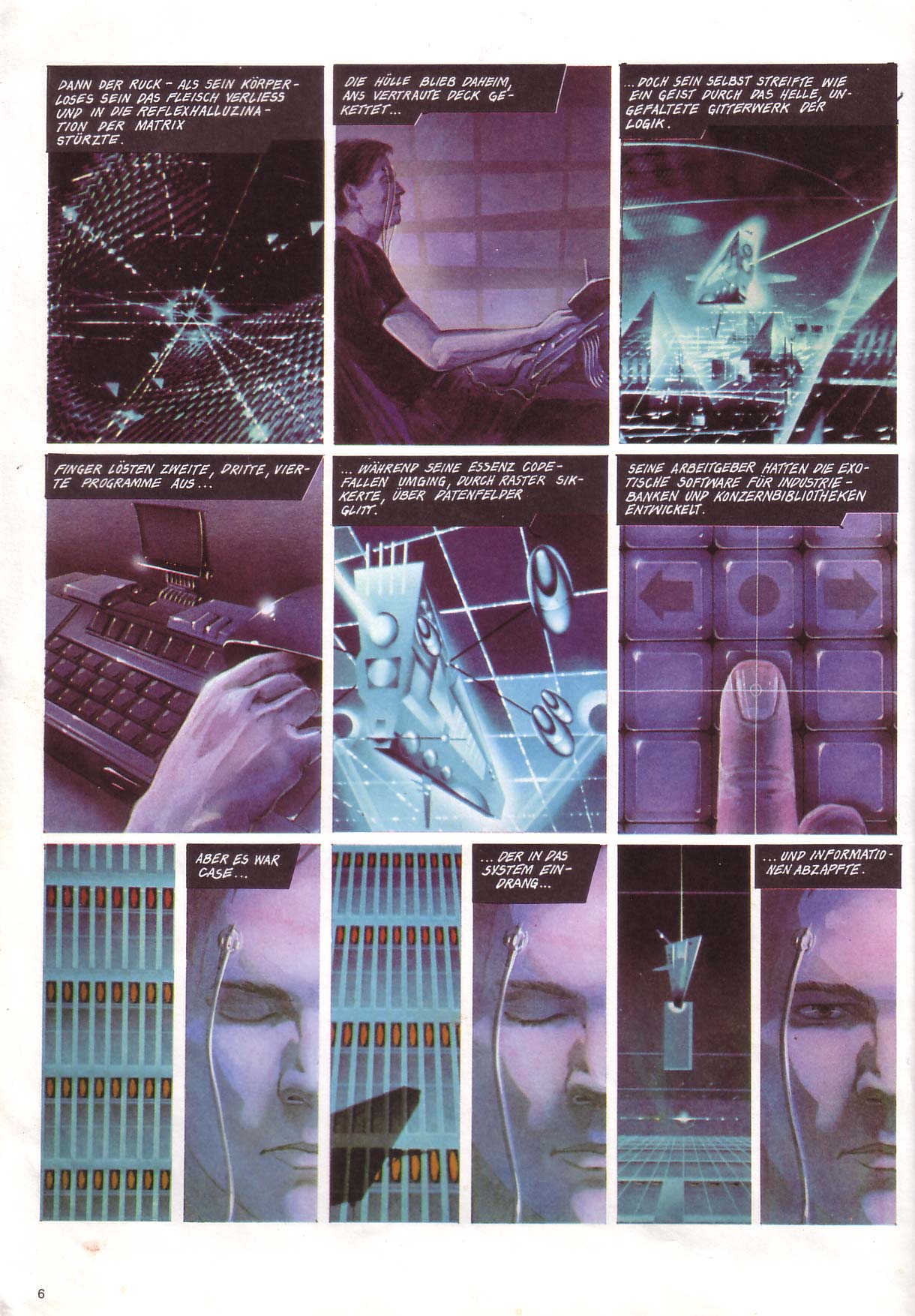

Combat with AIs was similar, except that AIs were damaged primarily with skills rather than programs were invulnerable until hit at least once with a specific skill or program and the result of "losing" was character death. "Combat" with ICE consisted of the ICE and the player doing damage to each other (the former through a built-in attack form, the latter based on what programs the player ran some programs did one-time damage, some did damage over time for a while, and some had other effects such as slowing down the ICE) until either the ICE "cracked" or the player was kicked out of cyberspace. Different "real world" locations led to different grid sectors, thus developing the plot and enriching the immersion.Ĭyberspace combat was also simulated in the game as the player attempted to breach ICE (Intrusion Countermeasure Electronics) to gain entry to database nodes and potentially face the formidable AIs (Artificial Intelligences) that hide behind them. The gameplay was split between a traditional adventure setting, where a player could interact with "real world" inhabitants within Chiba City, and a 3D grid representation of cyberspace once he'd managed to regain access. Writer Timothy Leary had sub-contracted the rights to a video game adaptation of the novel, and eventually brought the project to Interplay to develop. It has a soundtrack based on the Devo song "Some Things Never Change" from their album Total Devo. It was loosely based on William Gibson's 1984 novel of the same name and set within both the fictional "real world" and the extensively realized and detailed world of cyberspace. It was released in 1988 for the Amiga, Apple II, Apple IIGS, Commodore 64, and MS-DOS.


Neuromancer is an adventure video game developed by Interplay Productions and published by Mediagenic (a brand name that Activision was also known by). Amiga, Apple II, Apple IIGS, Commodore 64, MS-DOS


 0 kommentar(er)
0 kommentar(er)
